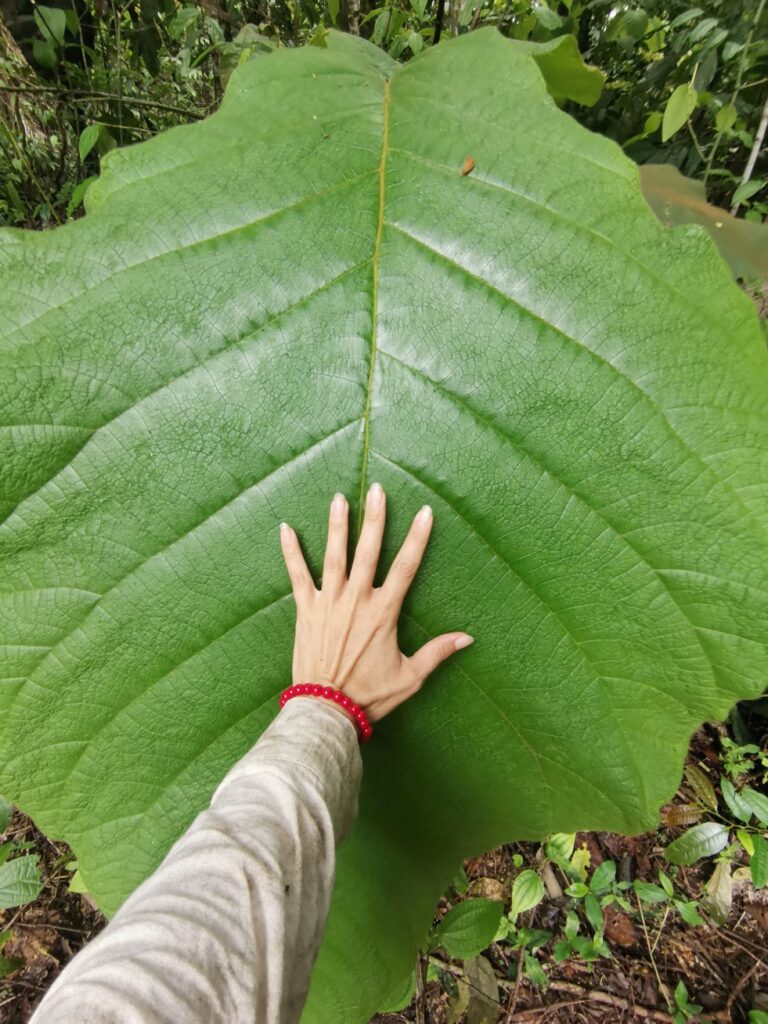The following is an adapted version of an article written by Emese Hulej, originally published in Magyar Krónika.
Zsanett Hajdu, biologist and medicinal plant expert, first visited the Amazon 20 years ago and recently returned to the rainforest. As she told Magyar Krónika, it was a surprising experience to find herself teaching traditional knowledge to the inhabitants of indigenous villages.
In a village on the southern edge of the Amazon, 20 years ago, the leaders of the community considered the request of a determined Hungarian girl. As a biology student, Zsanett Hajdu wanted to learn about the medicinal plant knowledge of the indigenous people, and in return, she offered to help the community in any way she could. Don Fidel was the first to agree to guide her through the area around Porvenir and show her the plants; others soon followed. Zsanett took notes on the uses of dragon tree root, castor bean, cubeb pepper, sawgrass, and around 140 other medicinal plants.
That first trip, which lasted two years, gave her a great deal: friendships, self-knowledge, experience—she even based her doctoral dissertation on the analysis of two plants she encountered there. One of them, maca powder, is also used in Europe and, according to Zsanett, could be an effective fertility enhancer for both men and women under certain conditions.
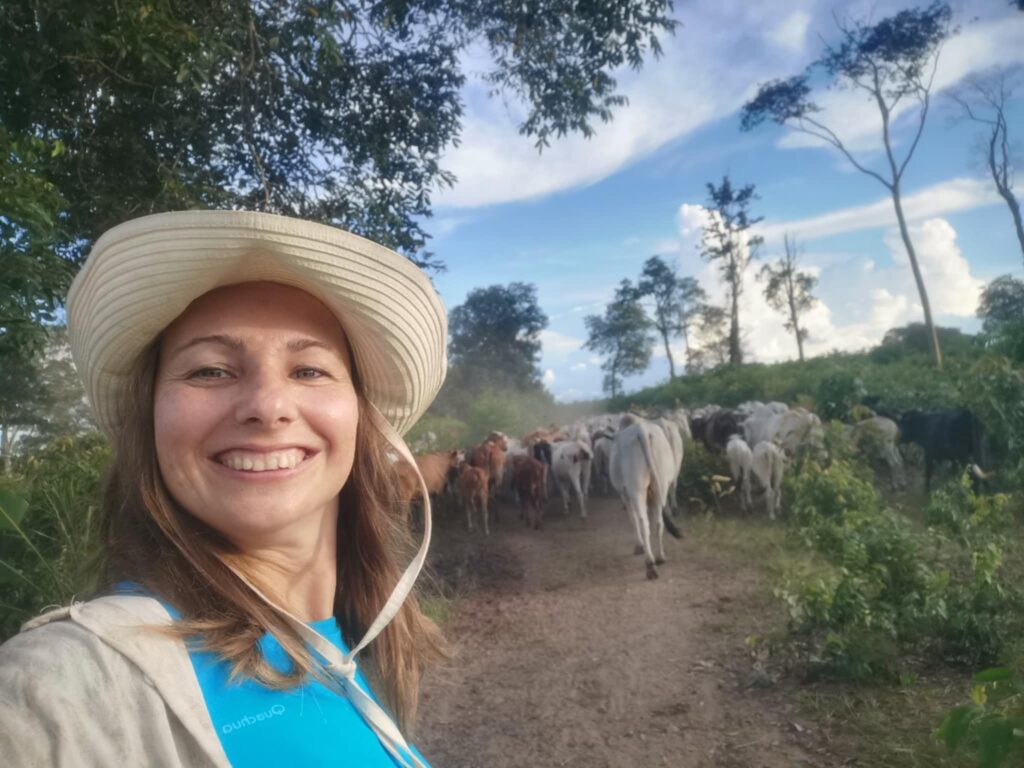
A girl who has done everything from rock climbing to skydiving, and who has dreamed of the jungle since childhood. She studied and worked in Bolivia, celebrated carnival, participated in turtle and reed rescue projects, and lived in cities and among both Andean and Amazonian indigenous communities. She bathed in the river, even though she was afraid of caimans and anacondas—but as she says, if you follow the locals’ advice, you will be fine.
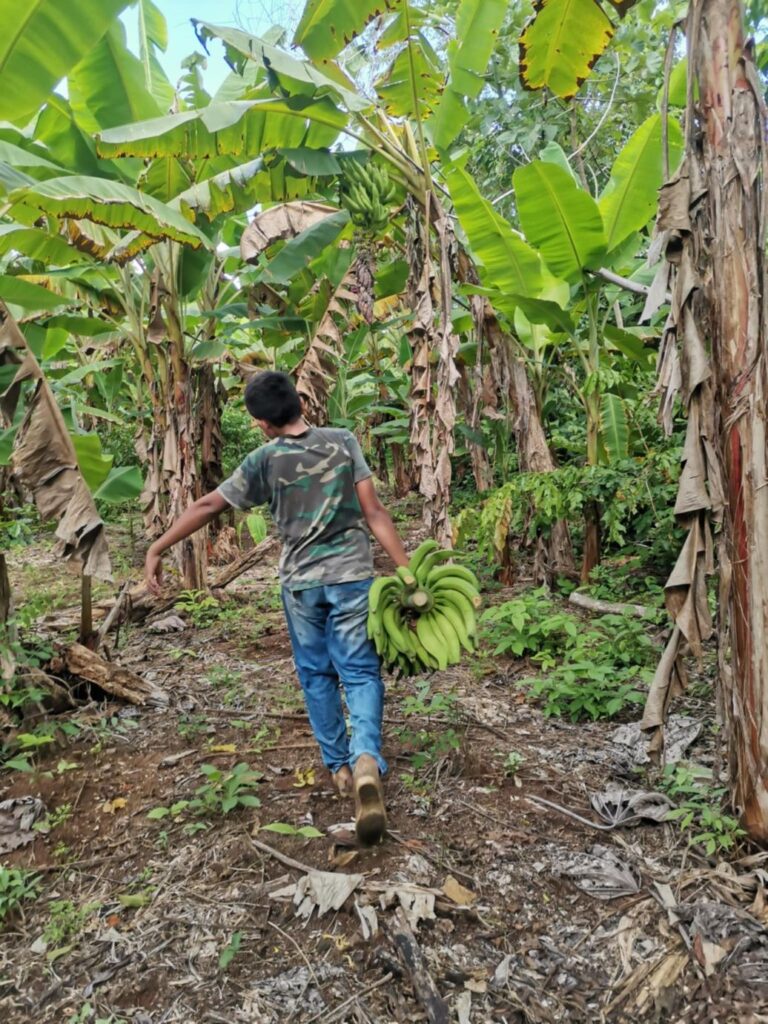
‘My first trip inspired my book The Gifts of the Tropics. The second journey led to Masters and Medicinal Plants, based on my 2008 travels, subtitled The True Story of My Second Research Trip from the Amazon to the Börzsöny Mountains. Why did I go back this third time? Simply to be there. I didn’t have a specific professional goal. I just wanted to see the people who love me, who had been waiting for me, and to be in the jungle again. There was no pressure, no focused work, and maybe that’s why—or maybe because I no longer looked at things through the lens of a 20-year-old—I saw much more of their lives.’
She says she found the major global crises present even in the last houses of the smallest indigenous villages.
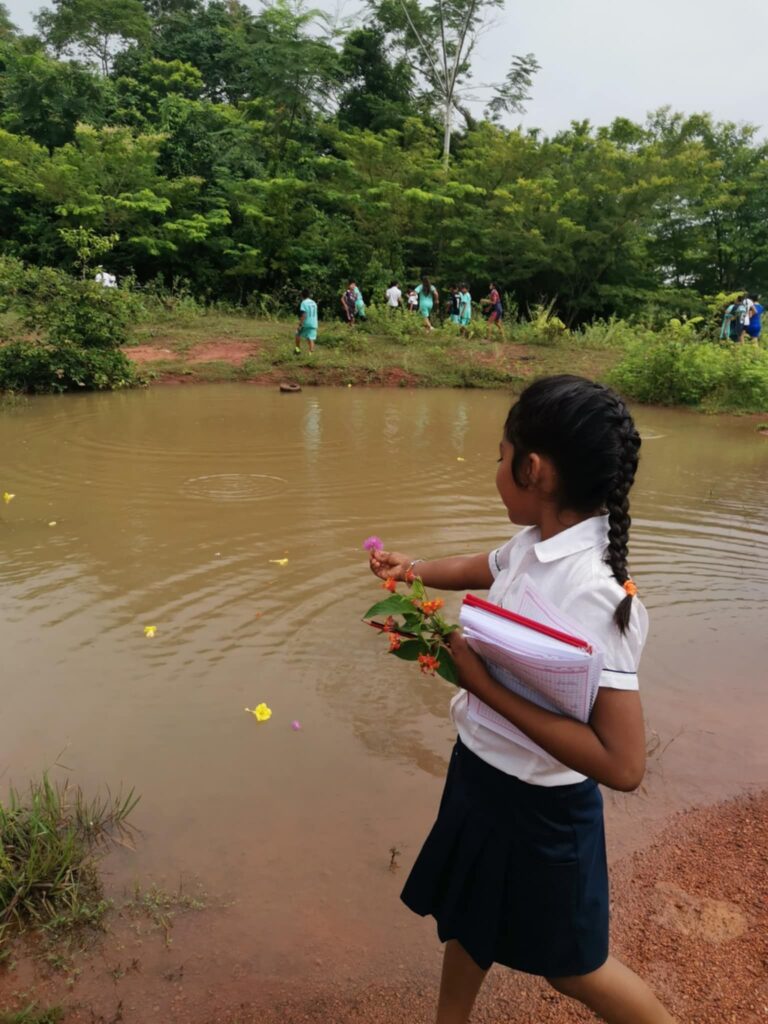
‘Everywhere I went now had internet. Everyone had a smartphone. The kids were glued to them, watching TikTok videos. The shift and detachment from nature that took centuries in the Western world are happening among them in just three generations. That’s sad for us, but they’re happy about the new opportunities,’ Zsanett says, who recently spoke at the Járatlan Utakon Festival (Festival of Uncharted Paths), where she also heard similar stories from other presenters who had visited indigenous communities.
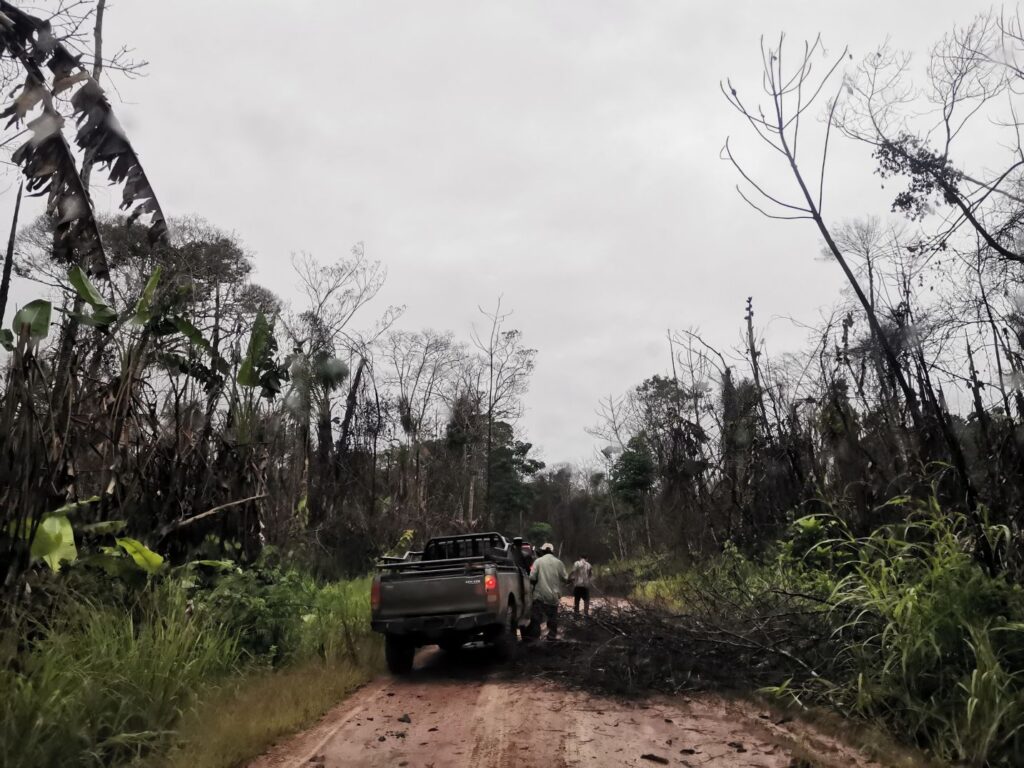
‘My Bolivian friends, who are my age, learned to ride horses when they were four or five. But now they don’t dare put their own kids on a horse—they say they’re not suited for it. Their focus and awareness have shifted because they no longer spend most of their time attuned to nature. On the other hand, they know much more about the world. On my first trip, I could barely share anything about my life because they wouldn’t have understood it. This time, I could talk about almost anything.’
‘The woman who once learned traditional knowledge from Don Fidel…is now the one teaching it to the village’s children and adults’
The article began with Zsanett’s longing for the jungle. But here, too, there’s bad news. ‘The places where I used to walk—in many of them, the jungle is gone. Grassland has taken its place. During dry seasons, areas as big as Hungary are in flames. The warming is very noticeable, and the rising temperatures, combined with the naturally high humidity, made it so exhausting that I could barely think. Where there was once jungle, now there’s cattle—and that’s what the villagers eat, almost constantly.
There is an idealized belief that indigenous people living in nature eat a wide variety of fruits and vegetables. But that is not the case. They eat beef, rice, boiled cassava, and cooked plantains. Mango in season, but that’s all. Burned forests have no wildlife. When the trees along the river burn, they no longer drop food into the water, so there are no fish either. Just cattle—far more than before.
I was also grieved to hear that many conservation projects, including those aimed at saving endangered species, have been shut down in national parks. Where there used to be 50 park rangers, now there are five to ten—and they’re not even paid well. I’ve also heard that cocaine production has returned deep in the protected areas of the jungle.’
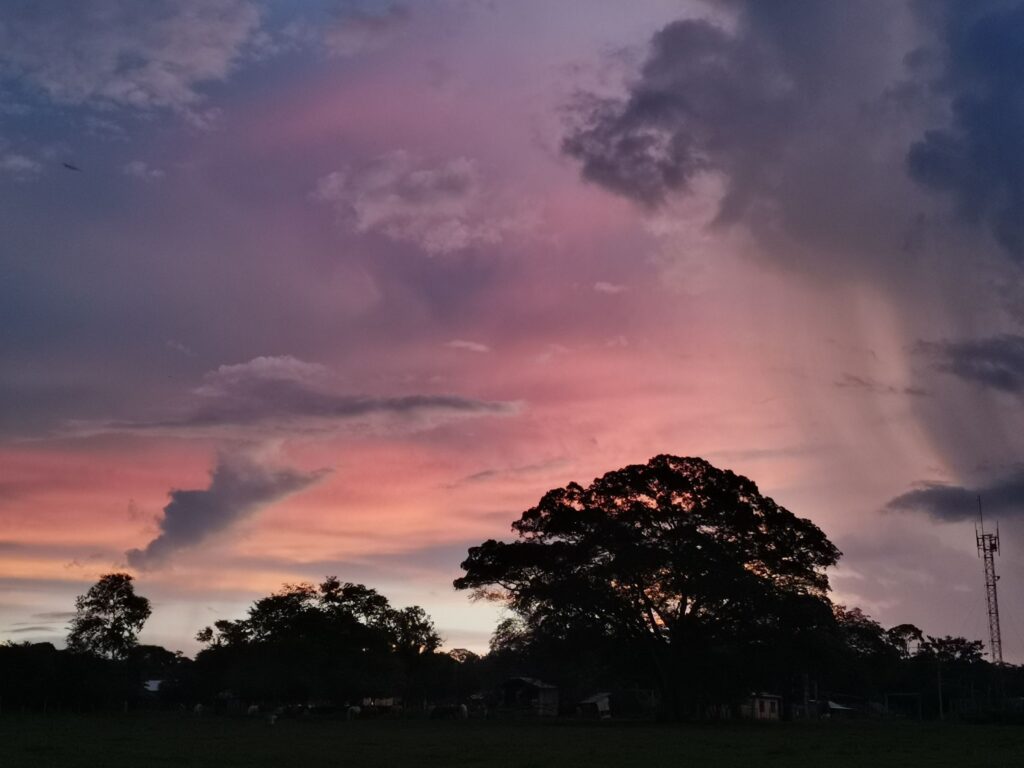
According to Zsanett, it is time to let go of romantic notions about indigenous life. Many Amazonian communities no longer have a mystical connection to nature. Spiritual tourists might still have such experiences—some tribes have adapted to hosting foreigners and catering to their expectations. This does not mean the connection to nature is entirely lost, but rather that it must now be awakened by each person within their current life and environment.
It’s quite astonishing that the woman who once learned traditional knowledge from Don Fidel and the others is now the one teaching it to the village’s children and adults.
‘I think this is the greatest help I’ve ever been able to give them,’ she says. At home, she does the same: giving lectures and guided tours to help people—whether they live in Zebegény or Nyíregyháza—discover the edible, healing plants growing around them. Because the more variety we consume, the better it is for our health. Diversity—that’s a key to both nutrition and well-being. The other key is self-awareness: knowing our own bodies, understanding where we are vulnerable. For example, if you’re prone to urinary tract infections, start adding roasted root vegetables, beets, and celery to your diet as soon as the winter cold sets in.
‘I also offer individual herbal consultations as a phytotherapist, but my focus is different. Human health isn’t something that can be fixed with “just drink this tea or that one”. It’s much more complex. I try to convey a mindset. I give talks to a wide range of audiences—from laypeople to top professionals. I work with companies on various projects, and I’ve also served as a scientific advisor for herbal medicine manufacturers. In that work, I focus on evidence-based plant applications. Now, I feel like I have to decide again which direction to go. This journey made me feel that way. Travel—as long as you don’t go as a mass tourist but truly immerse yourself in the world—always brings new ideas, opportunities, purpose, and meaning.’
Related articles:
Click here to read the original article.
The post ‘Deep in the Amazon, children are watching TikTok videos’ — An Interview with Biologist Zsanett Hajdu appeared first on Hungarian Conservative.
Click this link for the original source of this article.
Author: Emese Hulej
This content is courtesy of, and owned and copyrighted by, https://www.hungarianconservative.com and its author. This content is made available by use of the public RSS feed offered by the host site and is used for educational purposes only. If you are the author or represent the host site and would like this content removed now and in the future, please contact USSANews.com using the email address in the Contact page found in the website menu.

